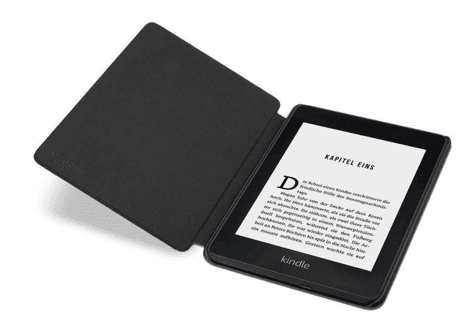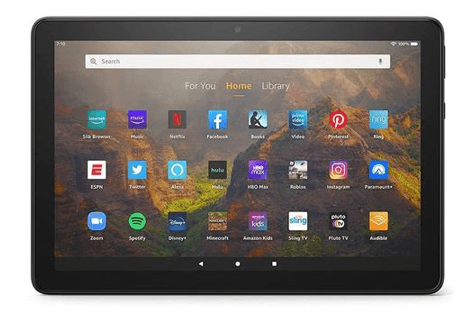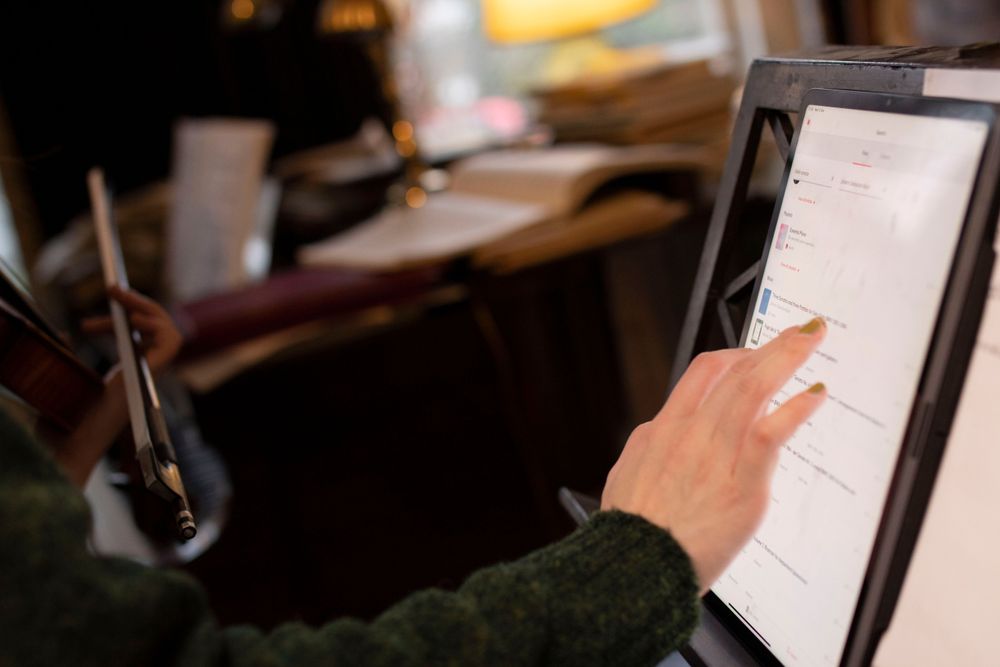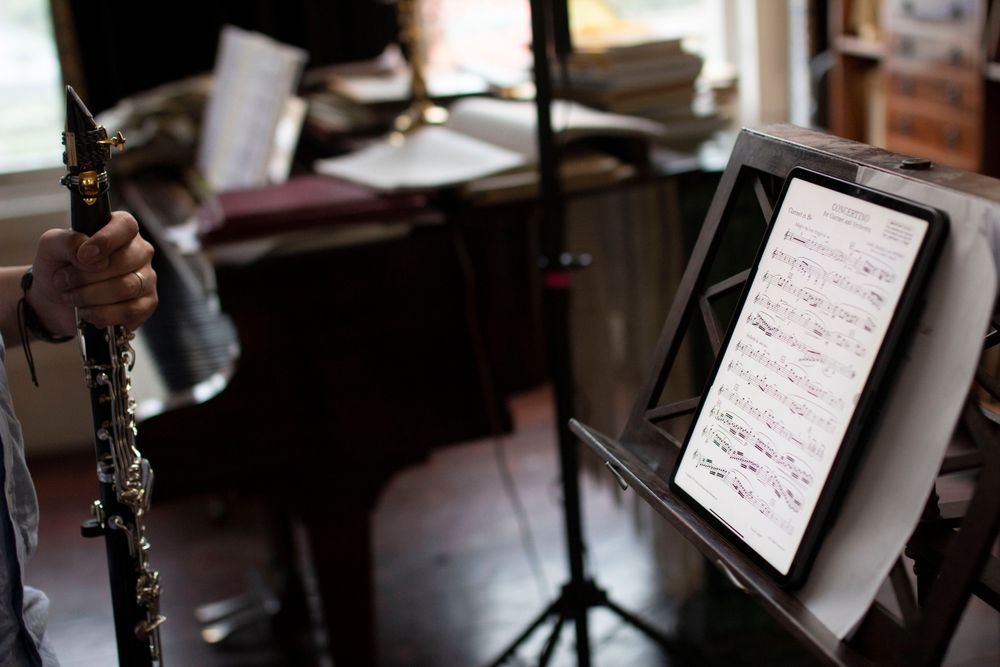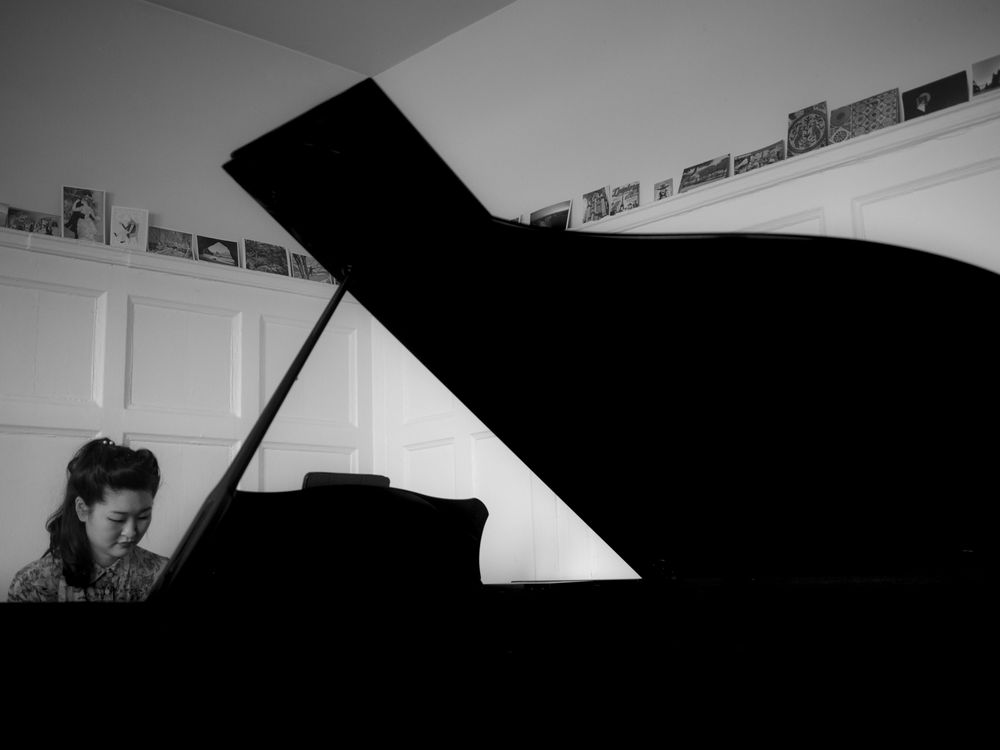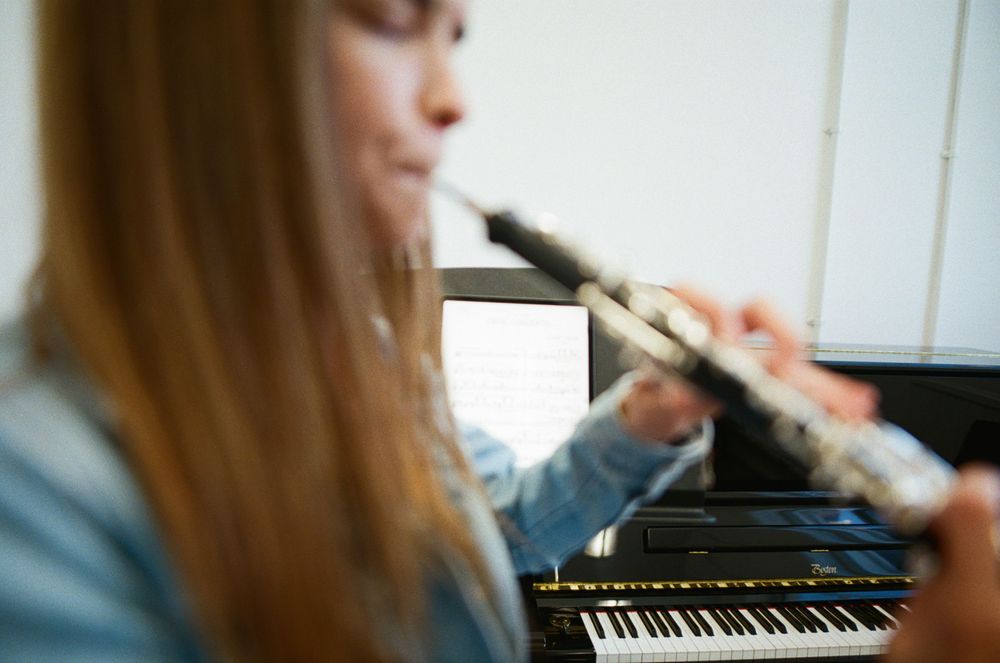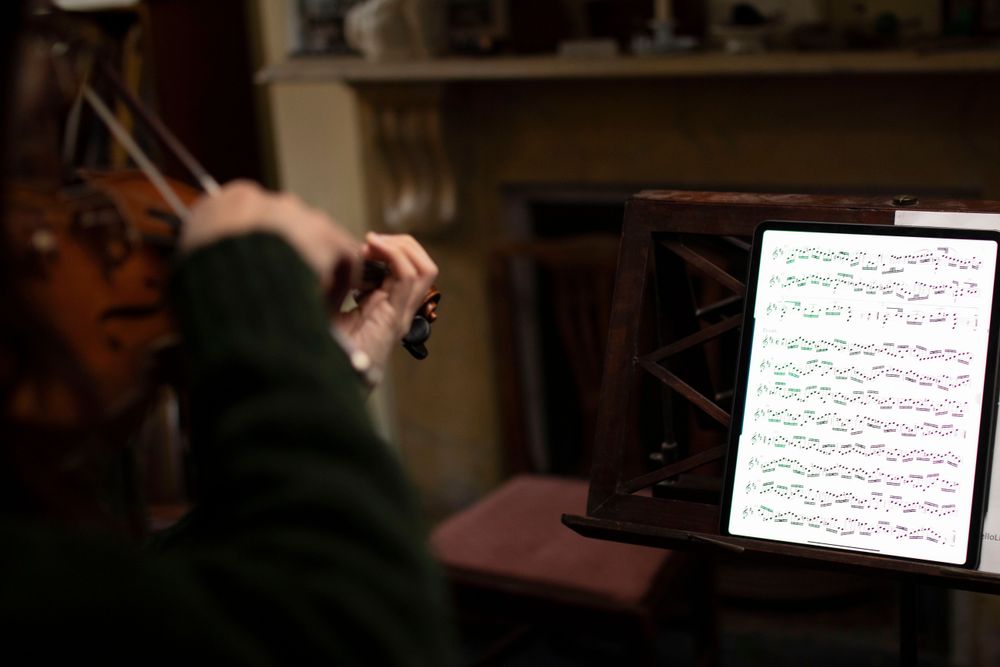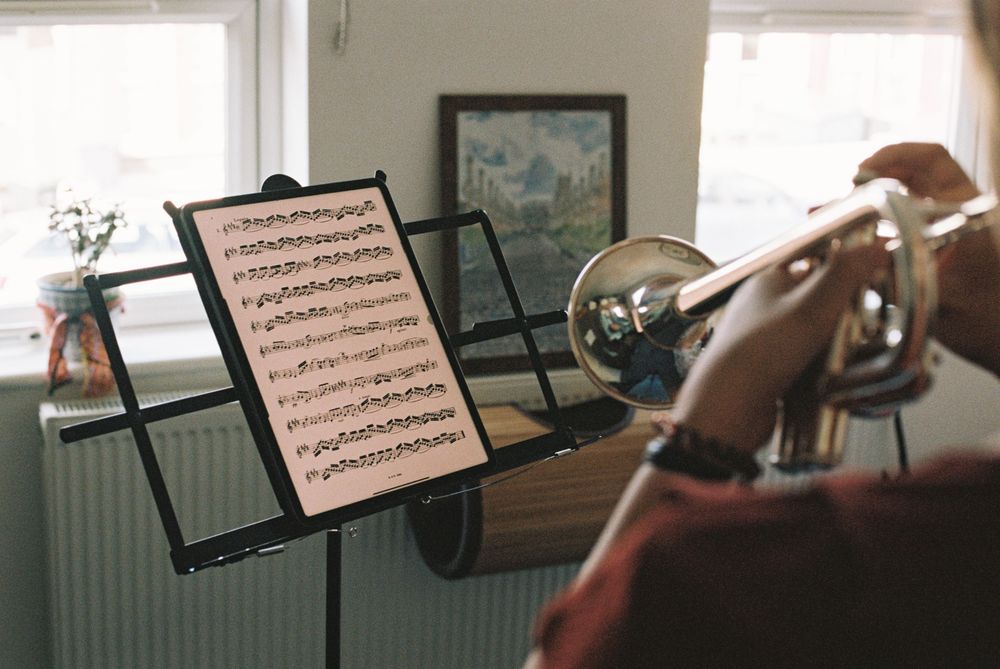Using a tablet for reading sheet music
When it comes to tablets, there are countless options out there - many models produced by numerous brands. While it’s difficult to talk specifics when dealing with such a range, because most of the leading options utilise Android or Apple operating systems, we can still make helpful generalisations.
In contrast to the Kindle, tablets are multi-purpose devices. That means they’re designed to accommodate and fulfil a diversity of functions, like a lighter, more portable laptop.
They’re designed for reading, writing, browsing the web, checking emails - the list goes on. They’re also designed for interaction with sheet music.
How can they be so versatile? Partly because that’s the magic of the design, but mostly because of these wonderful things called ‘apps’.
Most tablets give users access to app marketplaces such as the App Store and Google Play, which serve to unlock a world filled with all kinds of digital products made by engineers and developers across the globe.
These options massively broaden the tablet’s sheet music horizons, effectively giving you more ways to use sheet music digitally than you could ever need.
How to get sheet music for your tablet
Apps arguably provide the optimal way of engaging with digital sheet music on a tablet, but when it comes to actually getting content on your device, the method will depend on which app you opt for.
First you’ll need to figure out which one’s right for you. If you’re not sure, this article on the best sheet music apps weighs up a range of digital music services, giving you a sense of just what’s out there.
Using nkoda as an example, the app functions at once as a library, score-reader and hub for your collection. You can browse, read, apply a range of annotations and perform from over 110,000 titles, but you can also upload your own PDFs to the app. You’ll find a guide to using the app here.
Apps aren’t essential, though. Like on a Kindle, you can simply transfer digitised sheet music files to your device, giving you the opportunity to view and mark up your material through your tablet’s default image-reading software.
Pros of using a tablet for sheet music
- The sheer range of options when it comes to both devices and apps means you can tailor your kit to suit your particular needs. Whether you want a library, a score-reader, or just somewhere to store your music, you can do it all with a tablet.
- You’ll find that most tablets are more than an adequate replacement for printed music in performance. On the whole they boast a bigger screen, better rendering of PDFs and powerful processors. Many tablets are also compatible with Bluetooth foot pedals and bespoke music stands, making it even easier to switch to digital.
- If you’re all about annotations, there are some exceptional styluses out there, the Apple Pencil being a perfect example. They’ll take your digital mark-ups to the next level.
- As with the Kindle, if you already have a tablet and sheet music, then you’ll find plenty of free or cost-effective solutions to using your device for musical purposes.
- Once sheet music is on a Kindle, it’s in a Kindle-only format, but via a tablet it can be more easily shared, converted or transferred elsewhere.
Cons of using a tablet for sheet music
- Although they’re doubtless worth the cost, the best tablets will still set you back some financially. It’s no small investment. But, if you’re serious about going digital, then it’s going to be money well spent.
- Inversely to the strength of Kindle’s E-ink technology, many find that looking closely at LCD displays, which many tablets have, isn’t easy to do for long periods of time.
- Tablets now offer such a complete package that digital could replace physical altogether. But for some, a digital score will never carry the mystique of a physical one. Related to this, piracy is a real issue with digital downloads, though services such as nkoda do offer fair and licensed use of sheet music.
Kindle vs Tablet: Our verdict
In this context, it’s difficult to point to anything other than the superiority of tablets. The breadth of its offering, the suitability of its technology, and its practicality in performance make it the better option for the vast majority of musicians.
While a Kindle is portable, visually welcoming and a decent enough score-reader, most tablets can essentially match what Amazon’s device can do and more.
Not only can you download or transfer PDFs and images to your tablet, you also have access to countless apps and services, like nkoda, that allow you to engage with sheet music in a multiplicity of ways. You’ll also be able to use it in a multitude of other ways too.
All that being said, if you are the owner of a Kindle as opposed to a tablet, and a musician who doesn’t need to use their digital scores in performance, then it certainly provides a workable solution as an e-reader.
Convinced by our verdict? If so, and you need any advice on which tablet to purchase, this article on the best tablet for sheet music will be a good next port of call. Of the untold options available, there’ll be one that’s perfect for your needs - you just have to find it.
